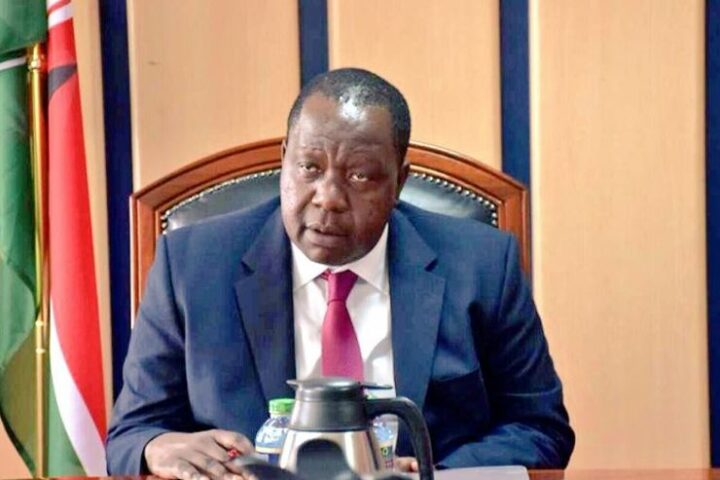In competitive cycling, aerodynamics is very important since even small reductions in drag can lead to significant performance improvements. In this context, wind tunnel testing has become a critical tool, allowing riders to optimise their equipment and riding positions in order to reduce air resistance.
By offering precise, controlled conditions, the wind tunnels allow for detailed analysis and adjustments that consequently help professional cyclists reach their maximum speeds and efficiencies.
Basics of Cycling Aerodynamics
Aerodynamics is crucial in cycling as it helps decrease air friction, which affects speed and energy efficiency. Basic principles are about making the cyclist’s body position, bike frame, or gear as streamlined as possible to minimise drag. The frontal area needs to be reduced while bettering flow around the rider so as to lower resistance.
This knowledge enables cyclists to fine-tune their setup and how they ride. Since a slight change of posture, clothing, or equipment can improve the results significantly, there are noticeable benefits in performance where aerodynamics becomes essential to competitive cycling.
For those following cycling events, Melbet Zambia provides opportunities to place bets on athletes who leverage such aerodynamic advancements in their races.
Role of Wind Tunnel Testing
This concept works through imitation of the actual wind environment found out there through controlled means with provision for accurate measurements and adjustments.
- Data Gathering: Drag forces and airflow patterns are collected by sensors and instruments.
- Bike & Gear Design: Bike frames, wheels, and helmets can be modified based on this data for best aerodynamics.
- Riding Techniques: Cyclists can rethink their body postures and movements after looking at test outcomes.
This provided information assists cyclists and engineers in making decisions based on facts, hence enhancing performance through scientifically driven changes. The wind tunnel technique offers accurate, repeatable results which make it imperative in competitive cycling.
Advancements in Wind Tunnel Technology
Recent developments in wind tunnel technology have improved the accuracy of testing and made it relevant for competitive cycling. Sophisticated sensors, advanced computational methods, and improved techniques of modelling airflows are allowing for more accurate measurements.
Cyclists can obtain detailed aerodynamic data that is critical for performance optimisation with these new innovations.
Real-Time Aerodynamic Feedback
Innovations in real-time aerodynamic feedback have revolutionised wind tunnel testing for cyclists. Contemporary wind tunnels now integrate high-level sensors and systems capable of processing data, thereby providing instantaneous responses to aerodynamic operations being conducted in them.
In this regard, athletes and engineers use such real-time information from aerodynamics tests to alter their body positions and adjust equipment, including clothing, hence improving the effectiveness of the exercise.
For example, changes in a cyclist’s posture can be analysed right away, with results showing up on screens while further refining techniques immediately. This immediate access to aerodynamic data helps fine-tune strategies on the spot, making the process more dynamic and responsive to what competitive cyclists need.
Integration with Virtual Reality
The addition of virtual reality (VR) within wind tunnel test conditions improves the experience as well as the efficacy of aerodynamic evaluations.
Using VR technology, riders can place themselves in simulated versions of real-life situations that give an accurate representation of how various adjustments in aerodynamics would work out under actual racing circumstances.
The immersive environment allows athletes to better understand any consequences that may arise from movement adjustments under controlled training. Additionally, VR can replicate different weather types or terrains, thus enabling extensive testing beyond physical wind tunnels’ limits.
Case Studies of Successful Implementation
Professional road bicycle teams, such as Team Sky, have tapped into the wind tunnel to make some incredible performance improvements. In carefully analysing aerodynamic numbers, they modified the bike and riders’ positions, which led to a significant reduction in drag.
For instance, Chris Froome, an English cyclist, attributed some of his successes in the Tour de France to enhancements done during wind tunnel trials.
More so, American Lance Armstrong’s team used similar techniques for competitive gains, thus emphasising the importance of aerodynamics in high-stakes races. These case studies demonstrate how purposeful aerodynamic modifications guided by information from wind tunnels can lead to significant improvements in competitive cycling.
Challenges and Criticisms
However, there are several challenges and criticisms associated with wind tunnel testing. The following are some of the negative aspects of using these tools:
- Expensive: The high costs involved limit most athletes or teams from using wind tunnels.
- Inaccessible: Specialised cycling wind tunnels are only a few facilities worldwide, thus limiting access by all athletes.
- Applied Reality: Outdoor translation of lab results requires dealing with complications regarding factors such as climate and topography.
Nonetheless, research strives to counterbalance these downsides through progressive technology and methodology to make it more usable and approachable under actual racing conditions that exist out there.
Wind tunnel testing has completely changed professional cycling by supplying vital aerodynamic figures that enhance performance.
Despite its challenges, such as costs and accessibility, its contribution to technological advancements is beyond doubt. Wind tunnel testing will emerge as one of the most important aspects of competitive cycling as technology continues evolving.










